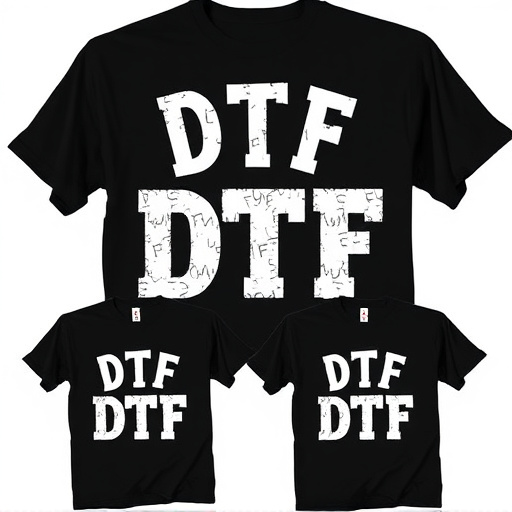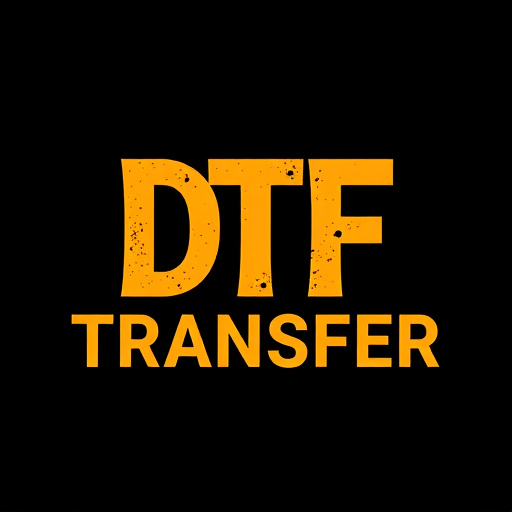Direct-to-film (DTF) transfers are a cutting-edge printing technology that delivers unparalleled quality and efficiency in creating durable, vibrant prints on diverse surfaces. Popular for promotional items, signage, banners, and packaging, DTF offers rich colors, fine detail, and precise color reproduction. Its versatility and adaptability make it suitable for various industries, from fashion to events and marketing. Commercial-grade DTF transfers eliminate intermediate printing steps, resulting in faster production times, reduced costs, and exceptional image clarity. Key applications include large-scale signage, event banners, packaging, and labeling, with the technology expected to evolve further, offering dynamic marketing strategies through personalized visual content at scale. Choosing the right DTF printing service involves evaluating print quality, turnaround speed, industry knowledge, and expertise in color accuracy and resolution.
“Revolutionize your business marketing with commercial-grade direct-to-film (DTF) transfers – a game-changer for modern brands. This comprehensive guide explores the world of DTF technology and its diverse applications. From understanding the DTF process to choosing the right printing service, we delve into the benefits and future prospects. Discover how DTF transfers enhance visual impact, foster brand awareness, and elevate marketing strategies in today’s competitive landscape. Uncover the secrets behind high-quality DTF prints that captivate audiences and drive results.”
- Understanding Direct-to-Film (DTF) Transfers: A Comprehensive Overview
- Benefits of Commercial-Grade DTF Transfers for Businesses
- The Process: From Design to Final DTF Print
- Applications: Where DTF Transfers Shine in the Business World
- Choosing the Right DTF Printing Service Provider
- Future of DTF Technology and Its Impact on Business Marketing
Understanding Direct-to-Film (DTF) Transfers: A Comprehensive Overview
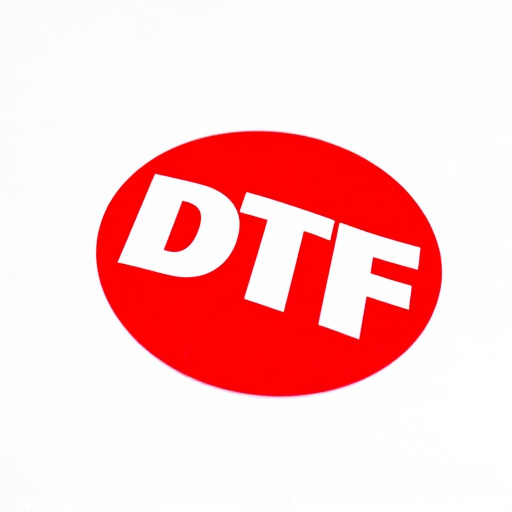
Direct-to-film (DTF) transfers are a cutting-edge printing technology revolutionizing business applications, offering unparalleled quality and efficiency in creating durable, vibrant prints directly on various surfaces. This process involves transferring ink or dye onto a film medium, which is then pressed against the desired substrate, ensuring precise color reproduction and a smooth finish. DTF Printing has gained traction for its versatility, enabling businesses to print on everything from promotional items like t-shirts and mugs to signage, banners, and even packaging.
The benefits of DTF are numerous: it provides a cost-effective solution for custom printing, allowing businesses to offer unique, personalized products quickly. Moreover, DTF Transfers produce rich, vibrant colors and fine detail, ensuring high-quality prints that stand out. This technology’s precision and adaptability make it suitable for various industries, from fashion and retail to events and marketing, where visually appealing, customized items are in demand.
Benefits of Commercial-Grade DTF Transfers for Businesses
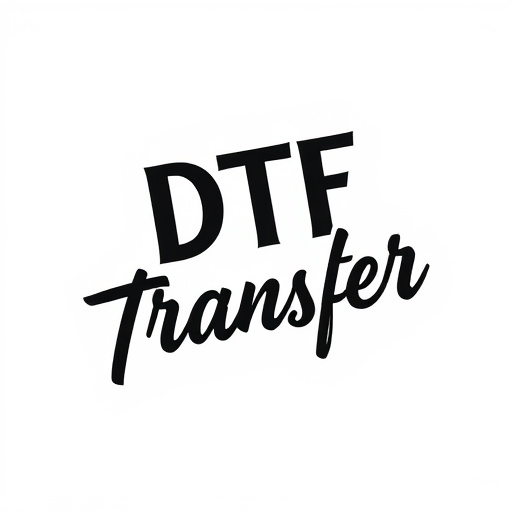
Commercial-grade direct-to-film (DTF) transfers offer a range of benefits for businesses looking to enhance their marketing and branding efforts. One of the key advantages is the ability to produce high-quality, durable prints directly on various types of film, from plastic to metal. This eliminates the need for intermediate printing steps, resulting in faster production times and reduced costs.
Additionally, DTF transfers provide exceptional image clarity and color accuracy, ensuring that logos, graphics, and text are crisp and vibrant, even at close inspection. The direct application to the substrate ensures a seamless finish, free from bubbles, smudges, or other imperfections commonly found in traditional printing methods. This makes DTF ideal for businesses requiring long-lasting, eye-catching displays, such as retail stores, pop-up shops, events, and exhibitions.
The Process: From Design to Final DTF Print
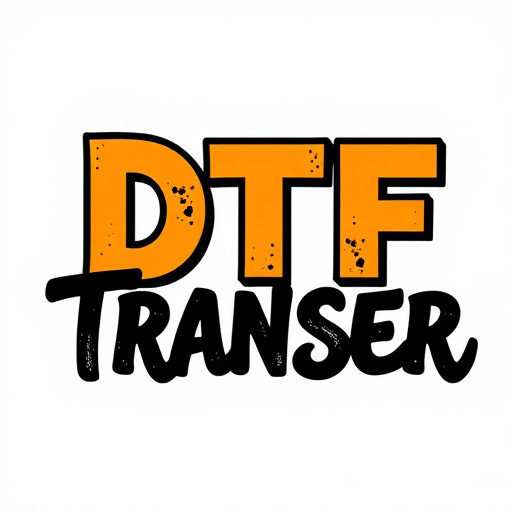
The process of creating commercial-grade direct-to-film (DTF) transfers for business applications is a meticulous art that demands precision and expertise. It begins with the initial design phase, where graphic artists collaborate closely with clients to conceptualize and refine visual elements tailored to specific business needs. This digital stage involves vectorizing designs, ensuring crisp lines and precise colors for optimal DTF transfer quality. Once the design is finalized, it’s ready for the printing process.
The actual DTF printing utilizes specialized equipment that applies the design directly onto film, creating a negative mask that will subsequently be used to expose the desired image onto various materials like vinyl or fabric. This meticulous process involves precise temperature and pressure control to ensure the ink accurately fuses with the substrate. After printing, the film undergoes careful inspection for any defects, ensuring it meets the highest standards of quality. The final step involves cutting the DTF prints precisely according to the design, yielding ready-to-use, high-impact visuals for business signage, window graphics, or promotional materials.
Applications: Where DTF Transfers Shine in the Business World
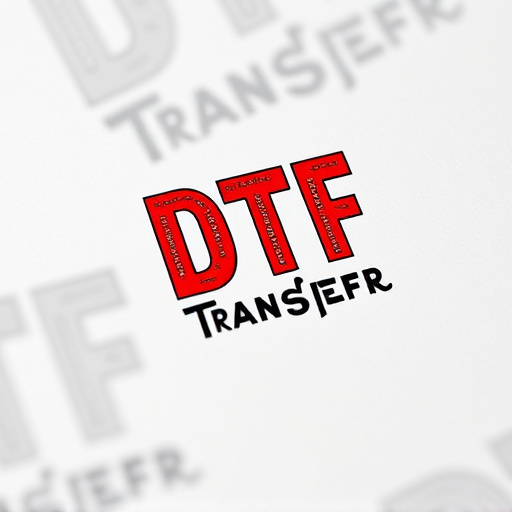
Direct-to-film (DTF) transfers have found their niche in various business applications, offering a unique and efficient printing solution. One of its standout uses is in large-scale signage and display materials. DTF Printing allows businesses to produce high-quality, vibrant prints directly on various film materials, perfect for outdoor advertising, event banners, and window graphics. The versatility of DTF Transfer enables custom designs and intricate details to be achieved with ease.
Moreover, the technology is invaluable in packaging and labeling. DTF prints can enhance product packaging by adding distinctive brand labels, safety warnings, or promotional messages directly onto film materials. This method ensures a seamless integration of branding while maintaining product integrity. In addition, DTF Transfers are ideal for quick-turnaround projects due to their efficient printing process, making them a go-to choice for businesses seeking dynamic and visually appealing marketing solutions.
Choosing the Right DTF Printing Service Provider
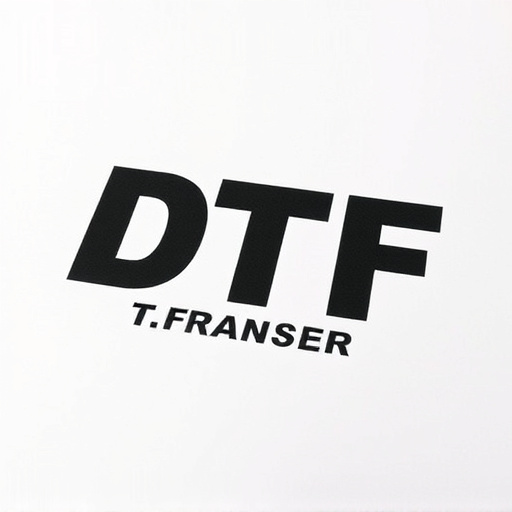
When considering commercial-grade direct-to-film (DTF) transfers for business applications, selecting the right DTF printing service provider is paramount. It’s crucial to look beyond just price and consider factors like quality, turnaround time, and industry expertise. Reputable providers should offer advanced DTF techniques capable of producing sharp prints on a variety of media, ensuring your final products meet professional standards.
Additionally, check their capabilities in color accuracy, resolution, and the types of films they work with. Experience in your specific industry is also beneficial, as it indicates an understanding of your unique printing needs. Reps who are transparent about their processes and can offer samples or references are usually reliable choices for achieving exceptional DTF prints that enhance your business’s branding and marketing efforts.
Future of DTF Technology and Its Impact on Business Marketing
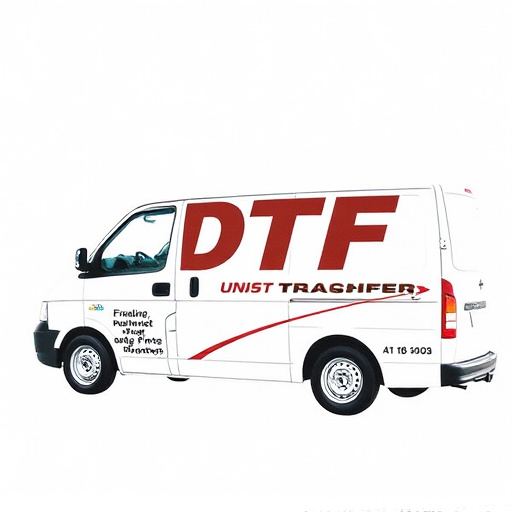
The future of Direct-to-Film (DTF) technology promises exciting innovations for business applications. As DTF continues to evolve, it offers businesses an increasingly efficient and cost-effective method for creating high-quality prints and displays directly from digital files. This advancement in print technology is revolutionizing marketing strategies, enabling dynamic and personalized visual content at scale. With faster production times and improved image quality, DTF transfers are becoming the go-to solution for short-run, custom printing needs.
For businesses, this means enhanced flexibility to adapt quickly to market trends and customer preferences. DTF Printing allows for on-demand production of promotional materials, signage, and packaging, reducing waste and inventory costs. Moreover, the ability to produce fine details and vibrant colors with DTF prints ensures that marketing collateral makes a lasting impression. As technology advances, we can expect even more sophisticated DTF applications, further blurring the line between digital and physical media in business marketing strategies.









